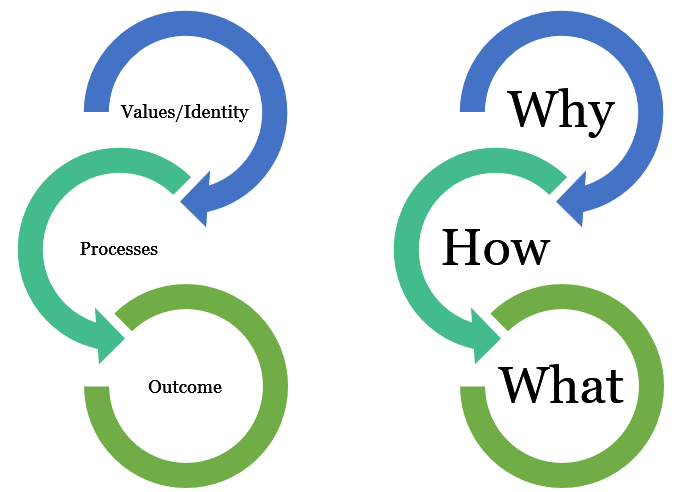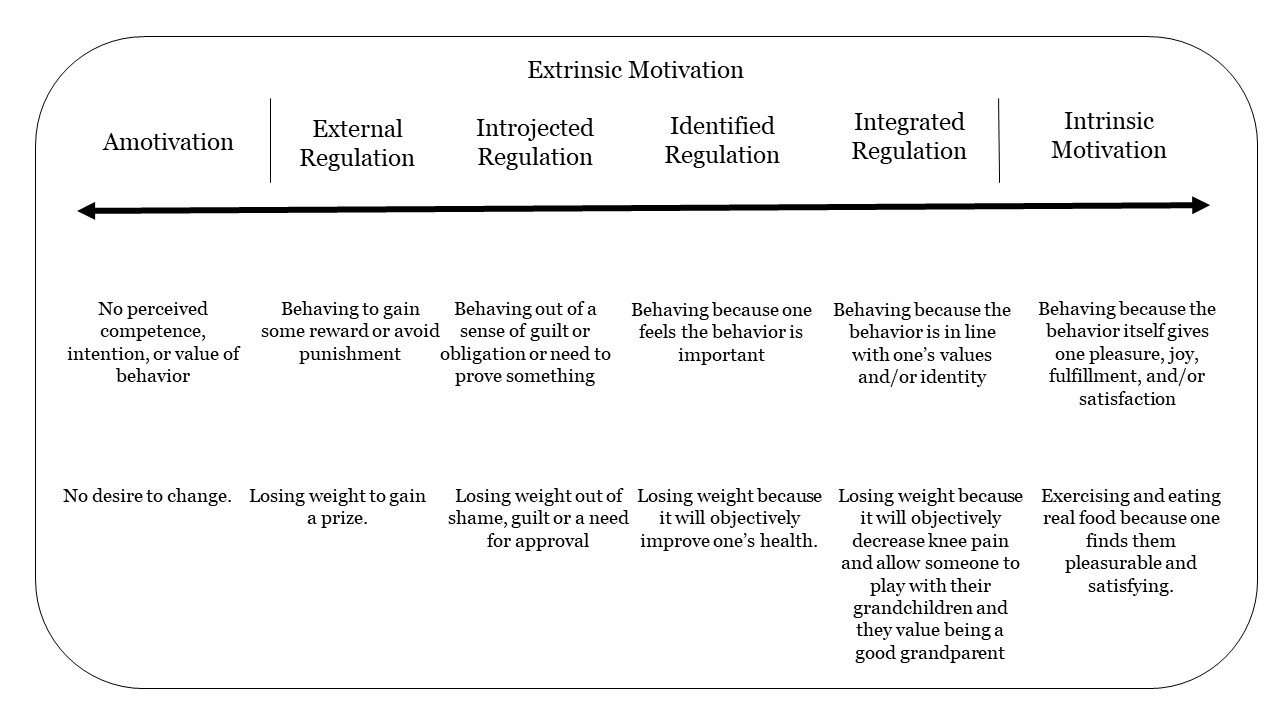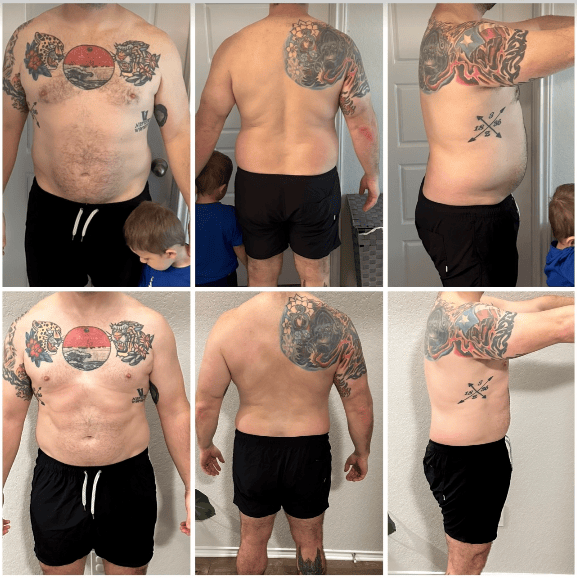Over the last year I have trained at least 350 out of 365 days.
A lot of people hear this and think you must have so much motivation…so much willpower!
Outside looking in, it does appear this way, but in truth as a person I would guess that I have average amounts or even low amounts of willpower in certain contexts and I can absolutely tell you that there have been so many mornings when I was completely unmotivated.
It’s cold. It’s too early. I’m sore. I just don’t want to do this. All of these thoughts have surfaced so many times…
So how was I so successful over the last year?
Two words.
Values and Systems.
I value health and my physical ability. This capacity is tied into the fabric of who I am as a person…it is integral to my identity.
At this point in my life I have been training extremely consistently for over 22 years. Thus, I am probably not going to make measurable muscle hypertrophy progress on a weekly or even monthly basis anymore, so all I have is the process of showing up and getting after it for each individual training session.
My researchey science self can also make the argument that training more frequently and dispersing my volume as much as possible may allow me to make better gains and even complete increased amounts of productive training volume.
For the super training nerds, part of this thought process comes from having more first exercises in the week, which seems to allow for more reps to be completed and perhaps having more sessions allows those sessions to be more productive in and of themselves.
This strategy may allow me stay away from large amounts of junk volume and by having more training sessions in the week I get more first exercises when I am freshest. AKA if you did an exercise at the end of a session you would likely get less reps than if it was your first exercise of the workout.
Here is the secret though…all that stuff above is kind of bullsh*t.
I mean it’s all truthy. I think those things are important, but if you want to know the real reason I train so frequently it is because I enjoy it and on days that I train I am a more patient and present father, a better husband, and a more articulate leader.
Objectively, training is fun to me and it makes my life better in many different areas and that is why I have put so much effort into building the routine into my daily life.
There’s your WHY!
Some might call this value-based or superordinate goal setting and it does look like identifying and working on a deeper Why may be helpful in sustaining the motivation for long-term goal pursuit.
But, the question above was HOW?
If we think about creating Value, Process, and Outcome Alignment or Why, How, and What Alignment, as a coach I almost always start with identifying the processes we need to move towards the place where we want to go – our goal.

Once we have identified these processes we can start to create systems and routines that make this more effortless.
This doesn’t mean the action itself will take any less effort…but the act of having to think about doing it is reduced or perhaps even completely eliminated.
To bring this back to the example above, I spend a large amount of my income on our home gym and I have an extremely repetitive morning routine that makes it close to automatic that I hit the gym.
I wake up…feed the dogs…eat an Rx Bar and then I walk into the gym and train. (This is probably not my ideal time to train, but with a toddler in our lives, it is the only time I have that is dependable.) I can vividly see every part of that routine and thus the only thing I have to do to get this party started is wake up…and the dogs wanting breakfast keeps me from ever slacking there.
You can use the evidence based tips and tricks of habit formation that we discussed HERE to potentially increase your chances of successfully creating a habit that sticks because as three of my favorite quotes articulate…
“You do not rise to the level of your goals. You fall to the level of your systems.” -James Clear
“Every system is perfectly designed to get the results it gets.” -Dan Heath
“The best policies for combatting problems such as obesity are not those that enhance self-control but those that remove the need for it. -Loewenstein 2019
Ultimately, if we want to sustain our individual motivation it is probably helpful to have a more nuanced understanding of the word Motivation itself.
 Adapted from Patrick et al., 2012
Adapted from Patrick et al., 2012
A lot of people think of Extrinsic vs. Intrinsic motivation as Good vs. Bad, but this is probably unhelpful.
We are all likely motivated in different ways and to varying degrees at different time points on our journey towards our goal. However, if we want to sustain our motivation is it likely in our best interest to try to move that Why for a behavior or outcome more towards the intrinsic side of the diagram above.
This does not mean that having a physical appearance goal is bad, over 80% of people likely have these as a motivating factor in why they want to start exercising and/or losing weight and no one needs to feel guilty for having these types of motivations. But, these types of goals probably don’t have the same staying power as more internally based motivations and I see these types of more extrinsic based motivations as just part of the Process.
#GIVEAFIT

REFERENCES:
1. Zaroni, R.S., et al., High Resistance-Training Frequency Enhances Muscle Thickness in Resistance-Trained Men. J Strength Cond Res, 2019. 33 Suppl 1: p. S140-S151.
2. Schoenfeld, B.J., J. Grgic, and J. Krieger, How many times per week should a muscle be trained to maximize muscle hypertrophy? A systematic review and meta-analysis of studies examining the effects of resistance training frequency. J Sports Sci, 2019. 37(11): p. 1286-1295.
3. Schoenfeld, B.J., et al., Resistance Training Volume Enhances Muscle Hypertrophy. Med Sci Sports Exerc, 2018.
4. Schoenfeld, B.J., et al., Resistance Training Volume Enhances Muscle Hypertrophy but Not Strength in Trained Men. Med Sci Sports Exerc, 2019. 51(1): p. 94-103.
5. Miranda, H., et al., Exercise order interacts with rest interval during upper-body resistance exercise. J Strength Cond Res, 2010. 24(6): p. 1573-7.
6. Avelar, A., et al., Effects of order of resistance training exercises on muscle hypertrophy in young adult men. Appl Physiol Nutr Metab, 2019. 44(4): p. 420-424.
7. Amirthalingam, T., et al., Effects of a Modified German Volume Training Program on Muscular Hypertrophy and Strength. J Strength Cond Res, 2016.
8. Heaselgrave, S.R., et al., Dose-Response Relationship of Weekly Resistance-Training Volume and Frequency on Muscular Adaptations in Trained Men. Int J Sports Physiol Perform, 2019. 14(3): p. 360-368.
9. Hochli, B., A. Brugger, and C. Messner, Making New Year's Resolutions that Stick: Exploring how Superordinate and Subordinate Goals Motivate Goal Pursuit. Appl Psychol Health Well Being, 2020. 12(1): p. 30-52.
10. Hochli, B., A. Brugger, and C. Messner, How Focusing on Superordinate Goals Motivates Broad, Long-Term Goal Pursuit: A Theoretical Perspective. Front Psychol, 2018. 9: p. 1879.
11. Arlinghaus, K.R. and C.A. Johnston, The Importance of Creating Habits and Routine. Am J Lifestyle Med, 2019. 13(2): p. 142-144.
12. Loewenstein, G., Self-Control and Its Discontents: A Commentary on Duckworth, Milkman, and Laibson. Psychol Sci Public Interest, 2018. 19(3): p. 95-101.
13. Patrick, H. and G.C. Williams, Self-determination theory: its application to health behavior and complementarity with motivational interviewing. Int J Behav Nutr Phys Act, 2012. 9: p. 18.
14. Lawlor, E.R., et al., Third-wave cognitive behaviour therapies for weight management: A systematic review and network meta-analysis. Obes Rev, 2020. 21(7): p. e13013.
15. Forman, E.M., et al., Acceptance-based versus standard behavioral treatment for obesity: Results from the mind your health randomized controlled trial. Obesity (Silver Spring), 2016. 24(10): p. 2050-6.
16. Forman, E.M., et al., Long-Term Follow-up of the Mind Your Health Project: Acceptance-Based versus Standard Behavioral Treatment for Obesity. Obesity (Silver Spring), 2019. 27(4): p. 565-571.
17. Koponen, A.M., N. Simonsen, and S. Suominen, Success in increasing physical activity (PA) among patients with type 2 diabetes: a self-determination theory perspective. Health Psychol Behav Med, 2018. 6(1): p. 104-119.
18. Teixeira, P.J., et al., Motivation, self-determination, and long-term weight control. Int J Behav Nutr Phys Act, 2012. 9: p. 22.
19. Teixeira, P.J., et al., Exercise, physical activity, and self-determination theory: a systematic review. Int J Behav Nutr Phys Act, 2012. 9: p. 78.
20. Samdal, G.B., et al., Effective behaviour change techniques for physical activity and healthy eating in overweight and obese adults; systematic review and meta-regression analyses. Int J Behav Nutr Phys Act, 2017. 14(1): p. 42.
21. Poulimeneas, D., et al., Motives for weight loss and weight loss maintenance: results from the MedWeight study. J Hum Nutr Diet, 2021. 34(3): p. 504-510.
About Author: Mario Mendias





